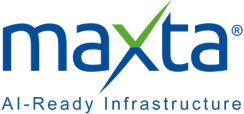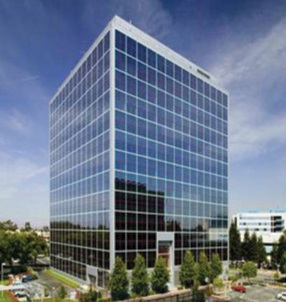Hyperconverged infrastructure solutions are making substantial inroads into a broader set of use cases and deployment options, but limitations exist. I&O leaders should view HCI solutions as tools in the toolbox, rather than panaceas for all IT infrastructure problems.
Strategic Planning Assumption
By 2022, as a result of digital business projects, 75% of enterprise-generated data will be created and processed outside the traditional, centralized data center or cloud, up from less than 10% in 2018.
Magic Quadrant
Figure 1. Magic Quadrant for Hyperconverged Infrastructure

Source: Gartner (November 2018)

Maxta
Maxta, a private company founded in 2009, launched its software-defined storage product in 2013. Maxta offers Hyperconvergence Software, a product that enables organizations to create hyperconverged architecture from the x86 hardware of their choice. Hyperconvergence Software offers support for VMware ESXi, Red Hat Virtualization and Red Hat OpenShift Container Platform. Maxta has feature-rich data services and granular quality of service (QoS) and application configuration capability. It is designed from the ground up to be hardware-agnostic and able to run on all industry-standard x86 servers. Maxta HCI software can be deployed with most major server vendors, including Cisco, Dell EMC, HPE, Huawei, Lenovo, Quanta, Supermicro and others. End users can choose from preconfigured, prevalidated solutions or bring their own server hardware. Over the past 12 months, Maxta added cloud-based proactive maintenance analytics and support for Red Hat Virtualization. Maxta originally was focused on small and midmarket enterprises and VDI deployments, but recently has grown in adoption across multiple geographies and a broader set of use cases. Maxta’s “Hyperconvergence Your Way” marketing message, focused on hardware flexibility, is attracting IT leaders looking for a software HCI product.
Strengths
-
Maxta HCI software supports a wide variety of server hardware platforms and can often leverage existing x86 servers.
-
End users comment on lower-than-competition TCO due to better hardware utilization and the ability to transfer software licenses during hardware refresh.
-
Reference customers mention a positive experience and prompt attention when contacting Maxta support and engineering services.


 Maxta Introduces VMware Escape Pod
Maxta Introduces VMware Escape Pod


